Marine Training Course with Two Oceans Aquarium: Understanding Marine Biology and Ecology
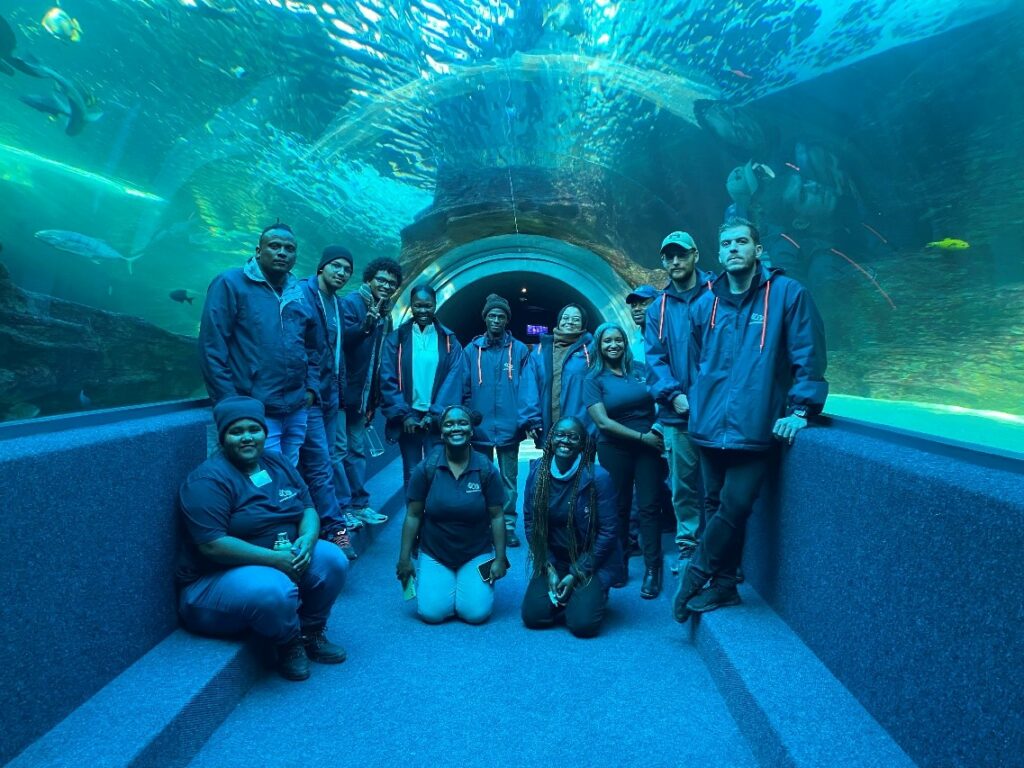
A reflection from our Sustainable Schools Groen Sabenza Intern, Yonela Nqaba
Locations: Bokbaai Nature Reserve and The Two Ocean Aquarium
On the 10th of June, myself, the other Groen Sebenza Interns and the Connect to Nature team packed our bags and attended an exciting Marine Training Course at Bokbaai Nature Reserve. The training lasted 3 days, that being from the 10th to 12th of June 2024. This was a trip that most of us had been looking forward to since it was confirmed, as we were all so excited about what we were going to learn from the “marine experts.”
Upon arrival and being a bit late, we all started setting up the Education Centre, which is where the training would take place. Soon after that, we started and we had 2 facilitators from Two Oceans Aquarium, Phindile and Bianca. Phindile introduced the training and what it would entail along with what we could expect for the next 3 days. She had us answer a pre-training questionnaire where we had to write down our expectations, a question you would like answered during the course of the training. She gave us 3 different coloured sticky notes to write our answers on and then stuck them on the wall for us to see post training if our questions had been answered and whether our expectations had been met. This was such a fun activity to get us started.
In the first part of the training, we dove right into Marine Ecology where we learned about the different marine ecosystems, how they occur and the different types of marine life that thrives in these different ecosystems. A fun fact that we learned during this particular lesson was that, South Africa ranks third in the world in terms of biodiversity, with Brazil and Indonesia being the first and second respectively. This actually makes our country one of the world’s biodiversity hotspots. To keep us engaged and excited, we had a group presentation where each group presented on the different economic activities that take place along our South African coastline and how these activities affect marine life. Listening to all the groups present was such a fun and an insightful way to learn about this particular topic, which was further elaborated on by the facilitators.
The next day, we learned about classifications and how classifying different species of animals helps us in being able to identify them. The last time I learned about classifications was in University and so it was a great way to refresh my memory. We had a further discussion about the different types of invertebrates that can be found in the marine. The best thing about this day is that, at low tide, which was at 12:19 on the 11th of June, we went rock pooling. We took a walk along the shoreline and identified some of the invertebrates we had learned about in class. Seeing with your what your eyes what you learned is class is, in my opinion, one of the best forms of learning. We got to see these and touch these animals (only the ones that wouldn’t sting us, of course 🙂 ). This was also a great way to connect with nature and everyone agreed.
The biggest highlight of this training was the last day, where we got to experience a fully guided tour of the V&A Waterfront Recycling Centre. What was great about this tour was that we to see up close how the process of separating different types of waste is done from start to finish. Soon after the recycling centre, we headed to the Aquarium, this was so exciting because it was my first time there and we got to see and learn about turtles, how they get to the Aquarium and how they are taken care of and after a while are released back into the wild. We got to see the “behind the scene” of what happens on the other side where visitor and tourist don’t get to see and to say this was amazing would be an understatement because it was incredible. Then we headed down where all visitors go and this was such a great experience and I am definitely taking my daughter with next time.
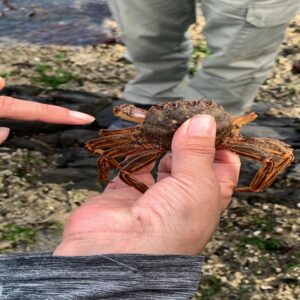
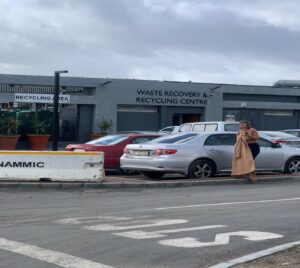
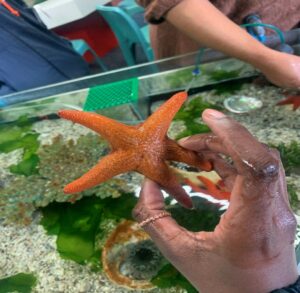
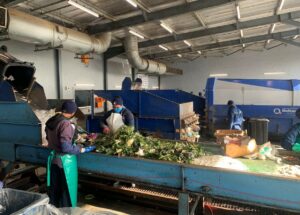
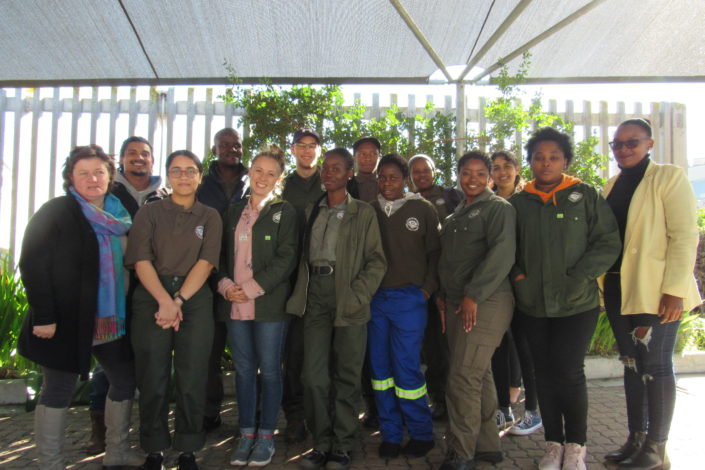
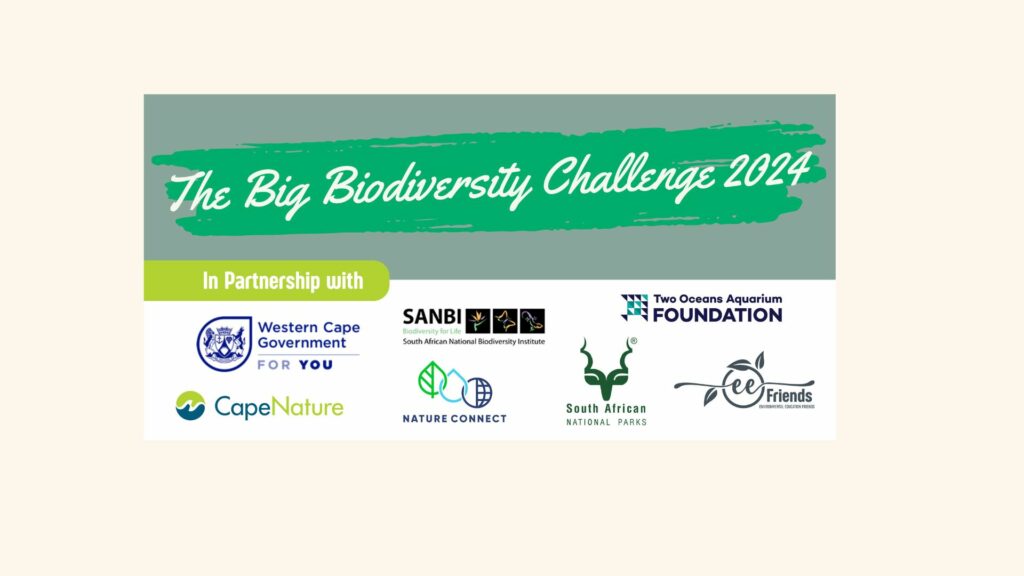
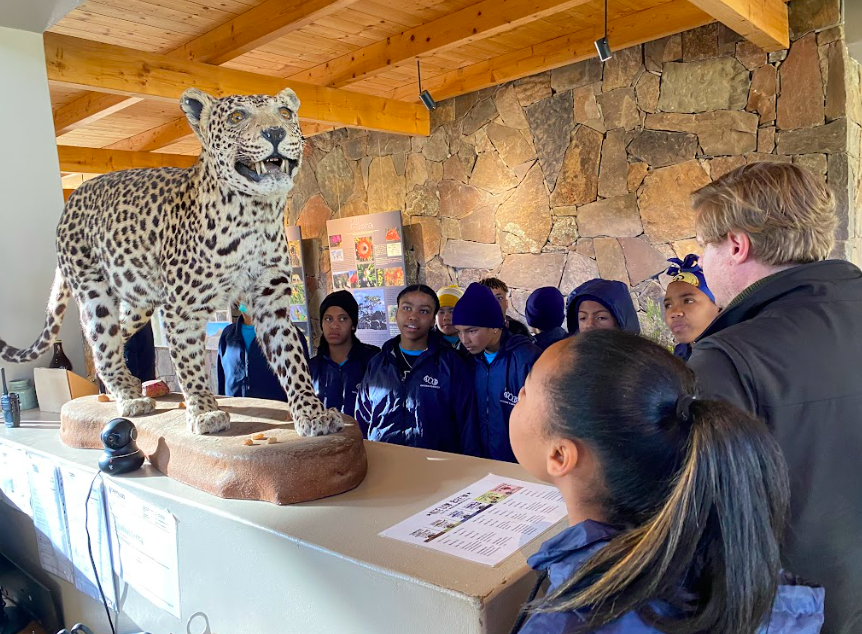
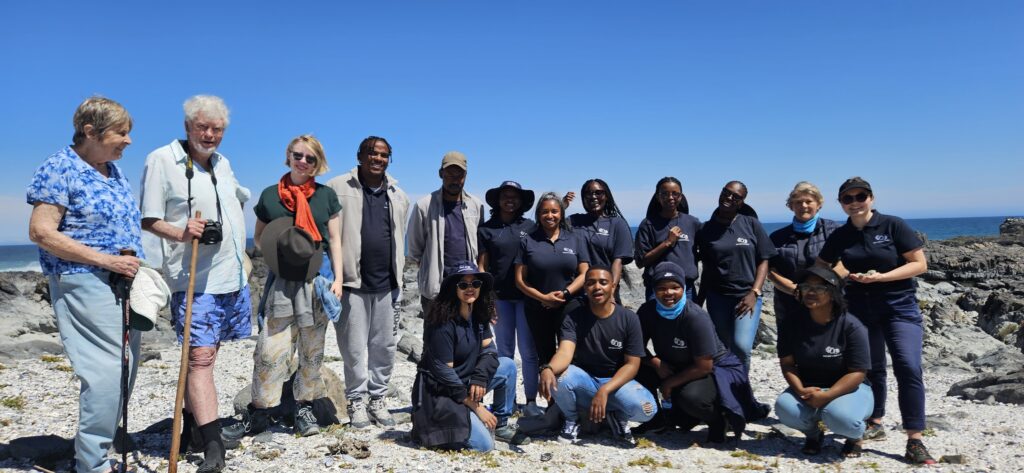
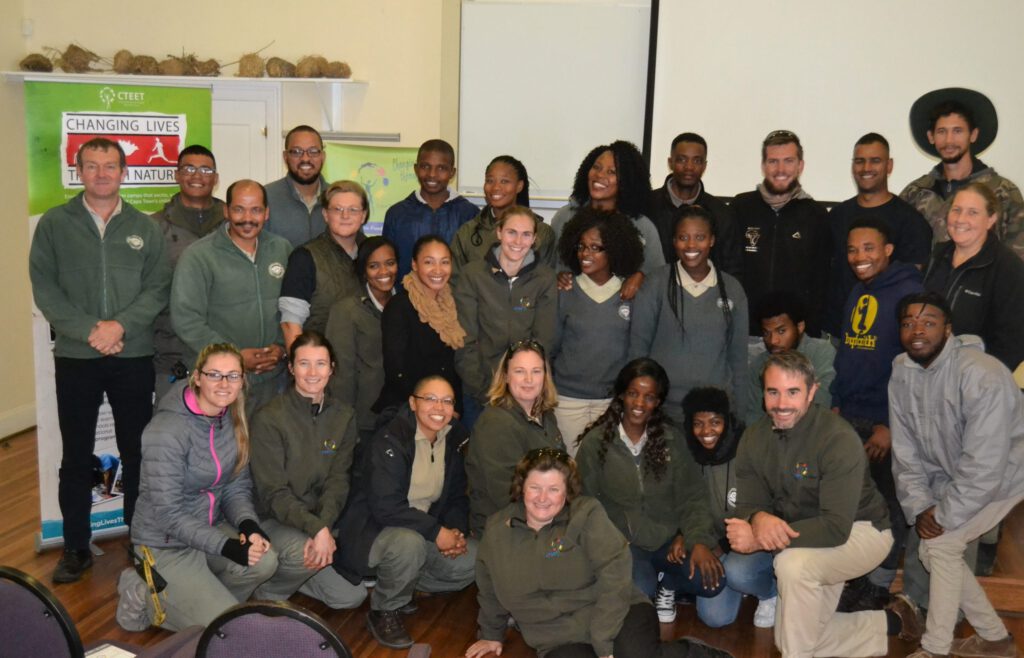
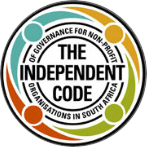
Thank you to meet our partners ❤️
As in this month February is the month of loving Wetlands. This is the month of love we love all of you as we are the team of Nhlonhlweni..